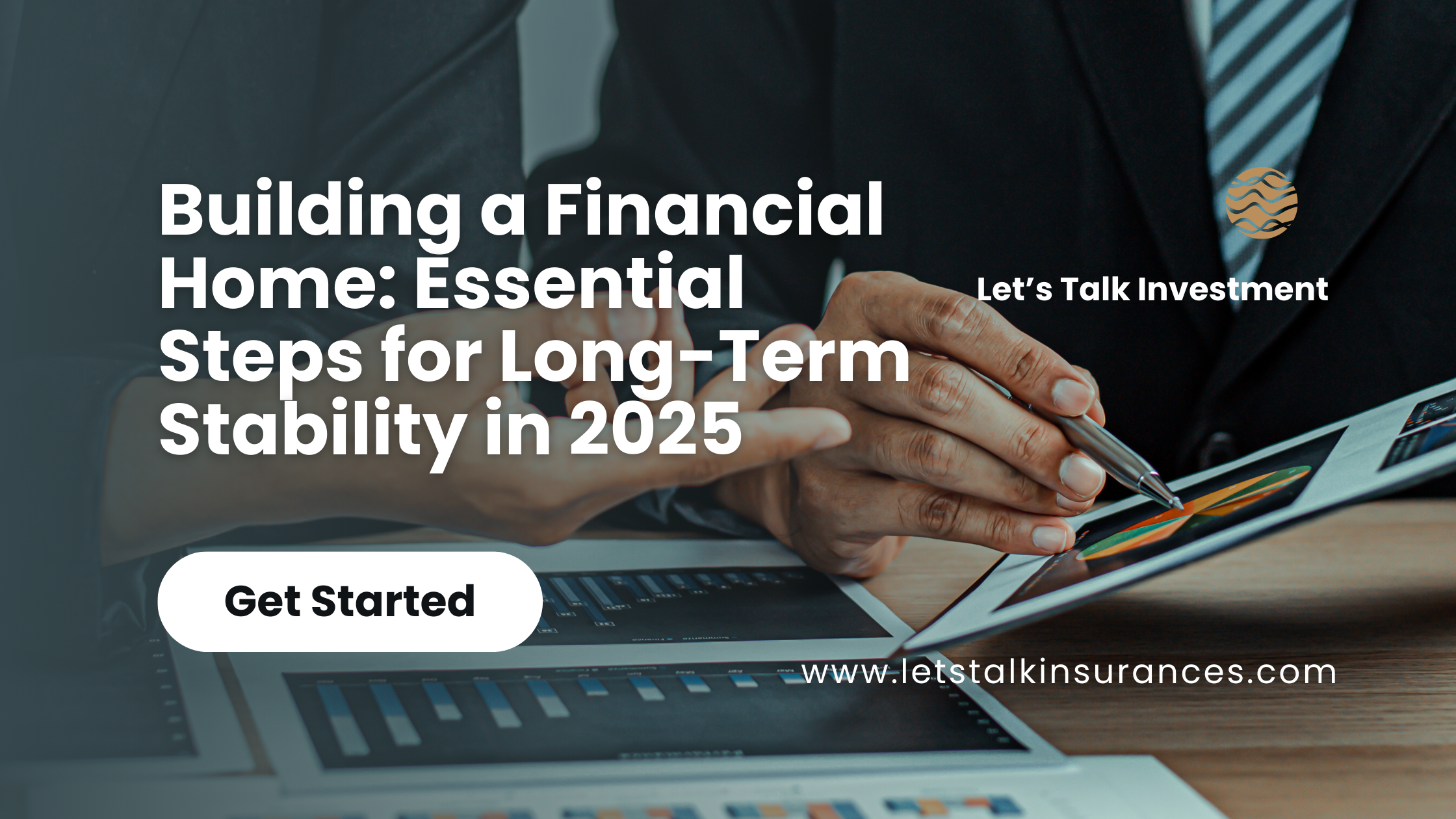Building a financial home with a strong financial foundation is crucial for the long-term stability and success of any individual or family. Just like building a home, it requires a strong base and careful planning to ensure that it can withstand any unexpected challenges that may come along the way. In Canada, where the cost of living is steadily rising and the future is unpredictable, it is more important than ever to have a solid financial home.
Insurance
One key aspect of building a financial home is to do it in layers, starting with the base layer of protection and insurance. This layer acts as a safety net for your financial home, protecting you and your loved ones from any unforeseen events that could potentially put your financial stability at risk. This includes life insurance, disability insurance, and critical illness insurance. According to a survey conducted by the Canadian Life and Health Insurance Association, only 52% of Canadians have some form of life insurance, leaving many families vulnerable to financial hardship in case of a sudden loss of income.
The most common forms of protection and insurance include life insurance, disability insurance, and health insurance. Life insurance provides a lump sum payment to your beneficiaries in case of your death, while disability insurance replaces a portion of your income if you become unable to work due to illness or injury. Health insurance covers the costs of medical treatment, which can be a significant financial burden without insurance.
Debt Management
The second layer of building your financial home is debt management. In today's society, it is common to have some form of debt, whether it be a mortgage, car loan, or credit card debt. However, it is essential to manage your debt carefully to avoid falling into a cycle of debt and interest payments. Debt can be a heavy burden, especially when it starts to accumulate.
In Canada, the household debt-to-income ratio reached an all-time high of 174.1% in 2019, meaning that Canadians owe $1.74 for every dollar of disposable income. Today, Canada has the highest household debt to disposable income ratio in the G7, at 185% compared with an average of 125% for all G7 countries. This is a concerning statistic, as high levels of debt can lead to financial stress and hinder your ability to save for the future. To avoid falling into debt, it is important to have a budget in place and to only borrow what you can afford to pay back.
One effective strategy for managing debt is the snowball method, where you focus on paying off the smallest debts first and then move on to larger ones. This approach can provide a sense of accomplishment and motivation as you see your smaller debts decreasing, giving you the momentum to tackle larger debts. It is also crucial to have a budget in place to track your expenses and ensure that you are not spending beyond your means.
Emergency Funds
The next layer of your financial home should be emergency funds and a plan B. No matter how much we plan and prepare, unexpected events can still occur. This is why it is crucial to have an emergency fund set aside for any unforeseen expenses, such as a job loss, medical emergency, or unexpected home repairs. A general rule of thumb is to have at least three to six months’ worth of expenses saved in your emergency fund. Additionally, having a plan B, such as a side hustle or a second source of income, can provide an extra layer of protection in case of a financial crisis.

Investments
The fourth layer of building your financial home is investments. This layer is where you grow your wealth and work towards achieving your long-term financial goals. There are various investment options available, such as stocks, bonds, real estate, and retirement accounts like RRSP, RRIF and TFSA. It is essential to have a diverse investment portfolio to minimize risk and maximize returns.
Investing your money is a crucial step in building wealth and securing your financial future. In Canada, the average rate of return on investments is around 5%, which is significantly higher than the current inflation rate of 1.9%. This means that by investing your money wisely, you can not only grow your wealth but also protect it from the effects of inflation.
Estate Planning
The final and top layer of your financial home is estate planning. This involves creating a plan for the distribution of your assets after your death. This includes creating a will, setting up trusts, and designating beneficiaries. Estate planning ensures that your assets are distributed according to your wishes, and it also helps to minimize taxes and other costs associated with transferring assets.
According to a survey conducted by CIBC, only 51% of Canadians have a will in place. This means that the remaining 49% risk their assets and wealth being distributed according to the government's laws, which may not align with their wishes.
Conclusion
In conclusion, building a strong financial home is crucial for a secure and stable future. It is essential to have a strong foundation of protection and insurance, followed by debt management, emergency funds, investments, and estate planning. Each layer plays a vital role in securing your financial future, and neglecting any of these layers can leave you vulnerable to financial instability. By following these layers and making them a priority, you can build a solid financial home that will weather any storm.
